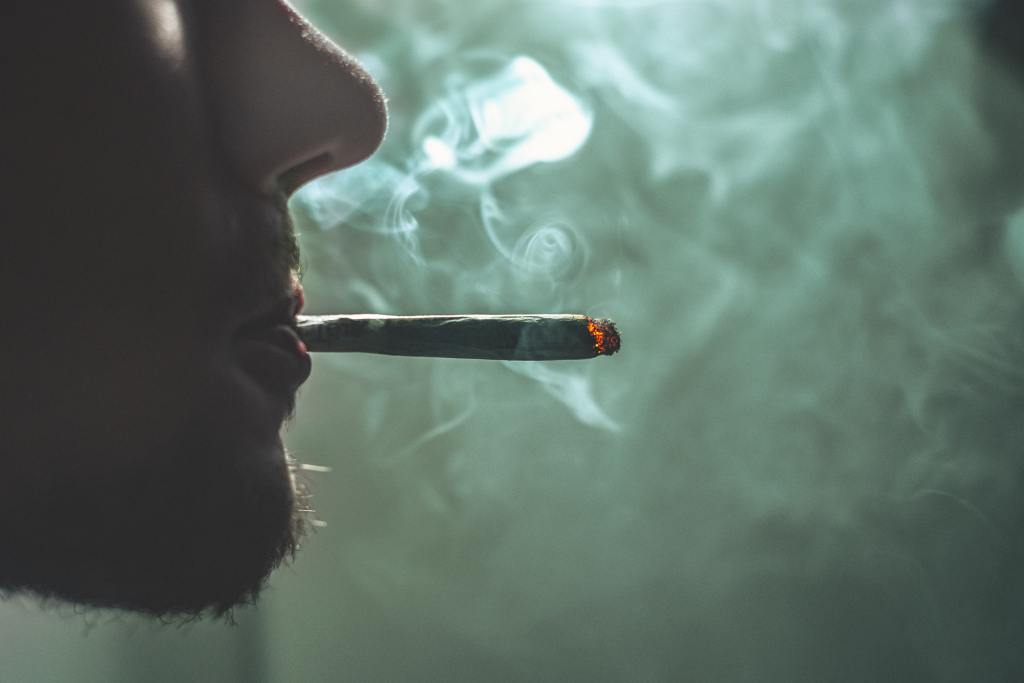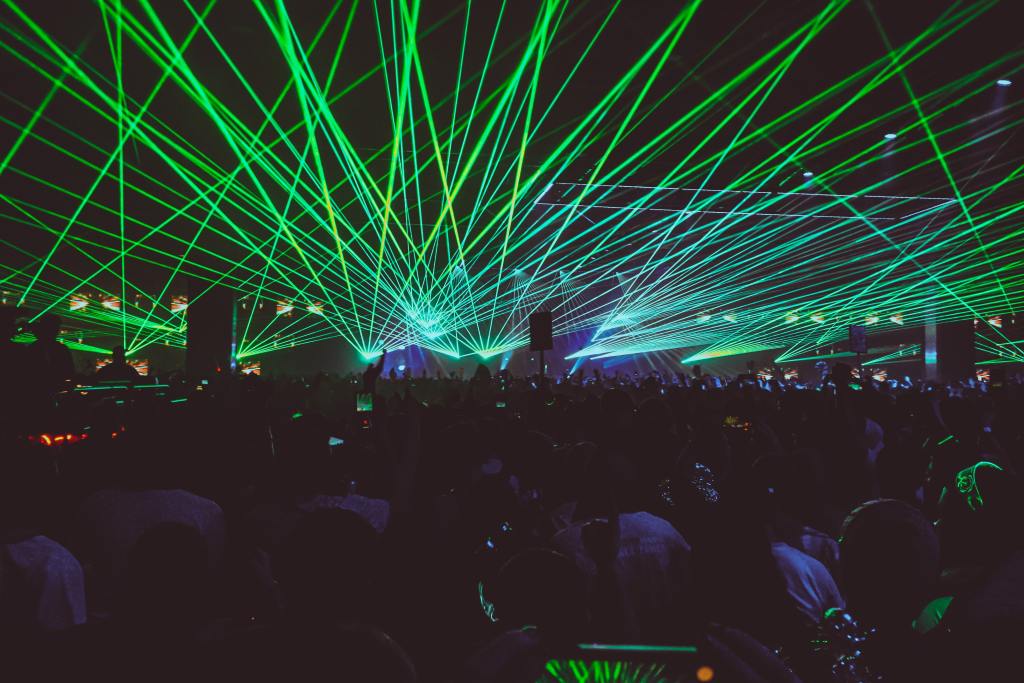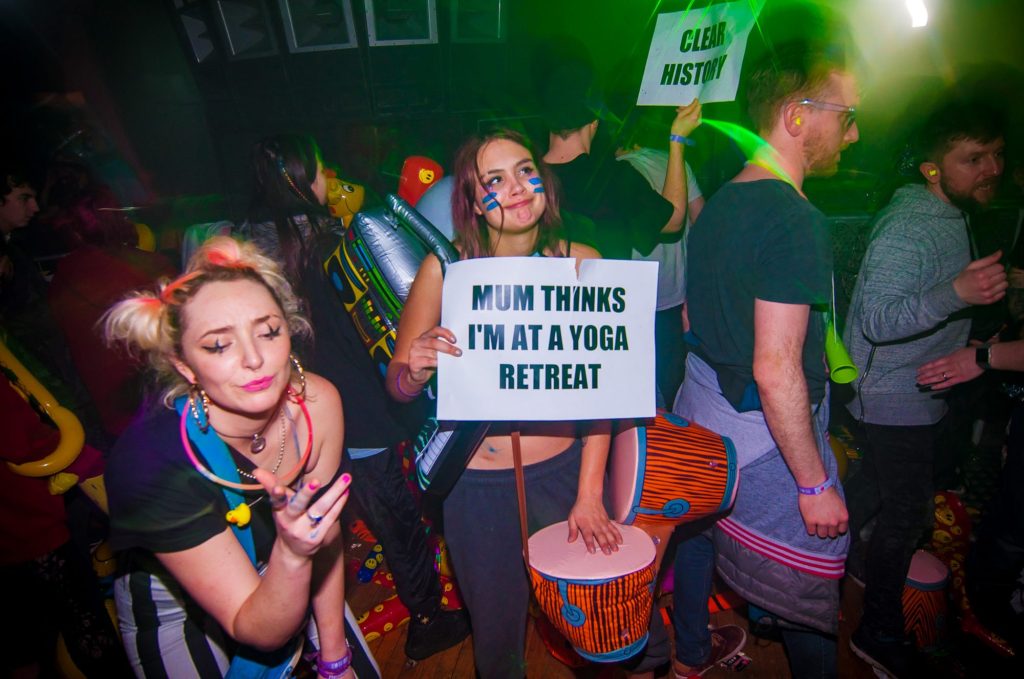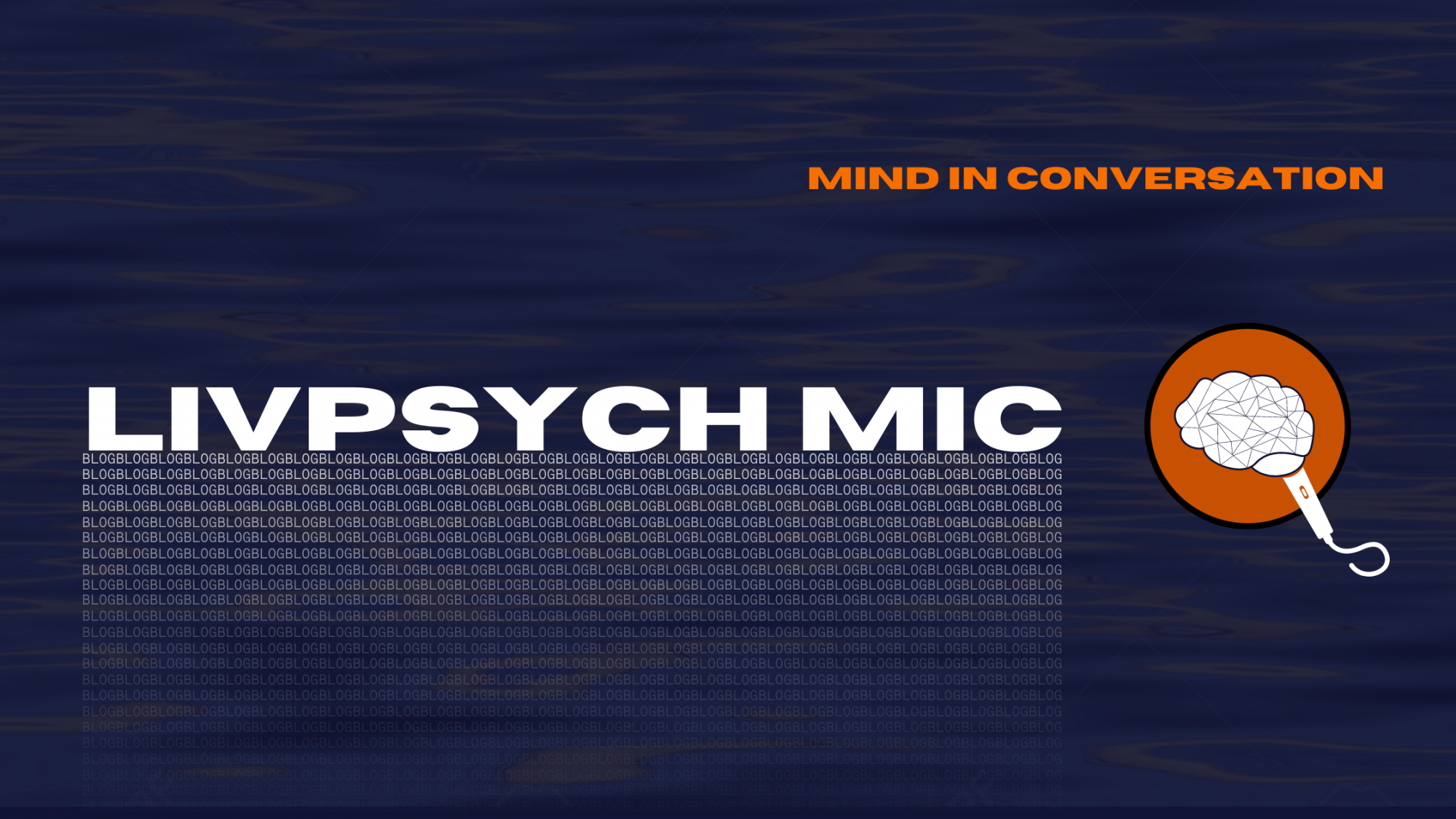Author: Will Smith (@wlil_sitmh), Student Doctor at the University of Liverpool; Blog Editor and President of LivPsych
Your skin feels warm and tight, it’s salty and crisp from the seawater and the hairs on your arms are cactus spines. It’s the middle of summer and you’re in Ibiza, partying. It’s hard to imagine after the events of 2020, but go with me.
Someone you met earlier on in the night comes to you and says he can’t find his friend. You stay together for some minutes, before you witness something you’ve never seen the like of before. The friend emerges and collapses to the ground. He’s having what can only be described as an ‘episode’ – he’s banging his head against the floor, trying to tear off his clothes, and screaming. The sound he’s making you’ve never heard a man make before. The dancefloor around you clears. You catch the vacant stares of those around you – nobody knows what to do. Something is inconceivably wrong and this wasn’t what was supposed to happen. The friend is eventually restrained and somebody calls an ambulance. You check in the next day and find that, despite re-enacting a painting by Hieronymous Bosch, the man is fine and just had a bad reaction to pills containing 2CB (2,5-dimethoxy-4-bromophenethylamine), a psychedelic drug that is part of the 2C family.

Although such tales are cautionary and seemingly rare, it seems that many young people who go out to parties have seen something like this, or have similar stories.
So why do people take drugs? Of course, the answer to this question is multifactorial, but the simple answer is: for many, they are fun. Anyone that’s listened to David Nutt talk over the last 20 years will know that drugs have held an important position in the cultural history of the human race, long before there were rules which sought to protect, but often failed. Of course not all drugs are illegal, but certainly all but a very small number can be harmful, in ways which vary from drug to drug. Most stigma exists around taking drugs which are illegal. In a 2017 survey, the Drugs and Me organisation surveyed the drug use of students from 30 nationalities. They found that 84% of students having tried cannabis recreationally and 36.8% trying MDMA before coming to university. 67.1% think that their drug use increased at university, with popular drugs including cocaine (used by 40%), MDMA (38.9%), ketamine (29.3%), cannabis (28.6%) and LSD (27.9%). 20.7% of students did not try any new drugs at university. The NUS “Taking the Hit” study estimated that around 56% of students in their study had used illicit drugs.

When I reached out to Twitter to share their stories of adverse reactions to drugs, I had a lot of responses. One person I spoke to told me of a stressful 24 hours leading up to a party at the Junction 2 venue in London, which pre-ceded a “compensatory” and large dose of ketamine, followed by a marijuana vape, and finished with a “bomb” of MDMA. The person told me they then had a large anxiety attack and then passed out, coming round in a recovery tent whilst still hallucinating. They got up and finished the party. Two others mentioned seizure like events. After staying awake for 2 days straight, then taking ecstasy and 3 balloons, they suffered two tonic seizures – one at the party and another in the ambulance. Although they never re-attended for an MRI, nothing has happened since. Another lost control of his limbs after taking cocaine and ketamine, gyrating between legs before collapsing with his eyes rolled back in his head.

So why are young people so vulnerable to taking things too far when it comes to partying and drugs? A common theme of the above stories seems to be the taking of more than one drug at once (82% surveyed in 2017 reported using drugs in combination, with 32.3% combining more than one drug) or clearly taking drugs in excessive quantities, or repeatedly in a short period of time. Sometimes seemingly taking just one drug is enough, with numerous accounts of ecstasy pills supposedly containing MDMA (3,4-Methylenedioxymethamphetamine) instead containing PMA (para-methoxyamphetamine – a drug between five and ten times stronger) being responsible for deaths and subsequent national warnings across regions of the UK. Although not reportedly related to PMA, an 18-year-old student at Cardiff University died just 3 weeks ago in his university halls after being found collapsed.
The line often walked by institutions, and in many of the articles referenced above, is of zero tolerance – “We remind anyone taking or thinking of taking controlled drugs to consider the risks – they are illegal, they can never be sure what they are consuming and they may contain a fatal cocktail of toxic ingredients.” Of course, such messages seek to do nothing but protect, but statements and policies such as these fail to account both the cultural and neurobiological conditions which put young people at risk. Universities comprise powerful marketing campaigns across multiple formats, which help perpetuate the idea that university ought to be the ‘best years of your life’. Indeed anecdotally, such sentiment is a well held trope, and certainly should hold a level of responsibility in forcing young people to unfairly compare their own happiness with their perceived expected happiness.

Neurobiologically, society is becoming increasingly aware of young people’s inability to effectively evaluate risk, and many acknowledge that brain maturation continues well into the 20s, although exactly how that links to real world behaviour is still somewhat unclear. The evidence from the cases presented here certainly seems to indicate an impaired level of judgement is at work.
Of course, people don’t just take drugs to party, or to have fun. In the Drugs and Me survey, 80% said that they used drugs recreationally, either going to nightclubs (62.5%) or simply to relax (55%). 16.1% said they thought they were dependent on a drug. However, it also highlighted that around 20% used drugs because of pre-existing depression. Indeed, drug use and mental illness are closely linked, with drug and alcohol misuse increasing the risk of suicide attempts and completions, and substantial numbers of people in contact with substance misuse services also suffering from mental illness (MHFA). Since the majority of mental health conditions develop before the age of 24, and that 34% of students report having psychological difficulties for which they needed professional help (MHFA) it is no wonder that students are at greater risk of developing unhealthy drug habits.

As part of my research, I also spoke to Amy, a music journalist. She told me that once after a night out in Leeds in 2015, having taken ecstasy (a more diligent party goer, she knew the exact dose of the pill – 240mg, “Blue Tesla”), she passed out in the shower after experiencing feeling herself quickly getting unbearably hot. Taken to hospital and put on a drip, they confirmed the hyperthermia, but fortunately nothing worse. We also talked about the reasons beyond the partying for using drugs. She said that she had ended up in a bad cycle of depression and comedowns, and was using drugs as a crutch. Beyond the parties, she found herself in a difficult situation using drugs alone, taking dihydrocodeine for the “numbness” and ability to switch off, as well as regularly smoking marijuana.
Since 2015, Amy says she only bought drugs from people she knew and tested them wherever possible, but since January this year has gone totally sober to raise money for the charity Refuge. When I asked about the effect of the coronavirus lockdown, she said she initially found it hard to keep to her new, cleaner habits, with those around her using drugs regularly. But eventually, an enforced break from clubbing ultimately helped her situation. Stepping away from party drugs has allowed her to revert to clinical drugs instead (namely SSRIs), to combat her depression, since she knew that taking them together could be dangerous. Whilst she says that she will likely go back to using drugs once clubs reopen, her outlook on things has changed completely. She says it’s turned her life around.

NeuroSight is a not-for-profit organisation which wants to help change the policies and culture around drugs to reduce harm by combining policy, research and education. In the Drugs and Me survey, 81% of students were not provided with drug information provided by their university, but that 34% would find such information useful, and 91% would test their drugs if the university provided cheap testing kits. By gathering more information about drug use in young people, Neurosight hope that they can help to ensure young people are better protected from harm when encountering a somewhat inevitable risk.
They are asking University students, of any age, to complete the following survey. It asks questions about students’ drug use over the recent months, and about the influence of lockdown and COVID-19 restrictions. There is a chance to win £30 and it takes just 10 minutes to complete.
Click here to go to the survey!
The deadline for completion is Sunday 13th December (tonight!) at midnight.



One thought on “Keeping Students Safe in the War on Drugs”